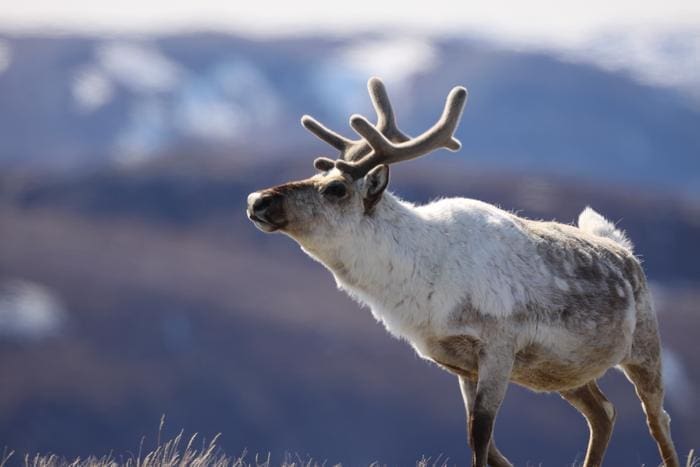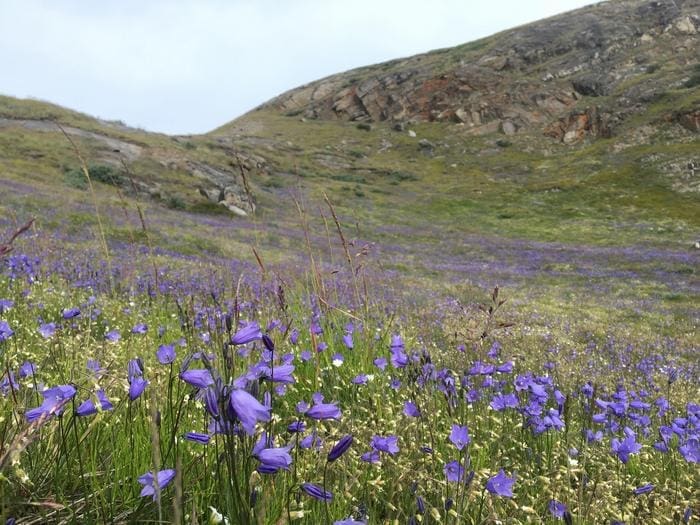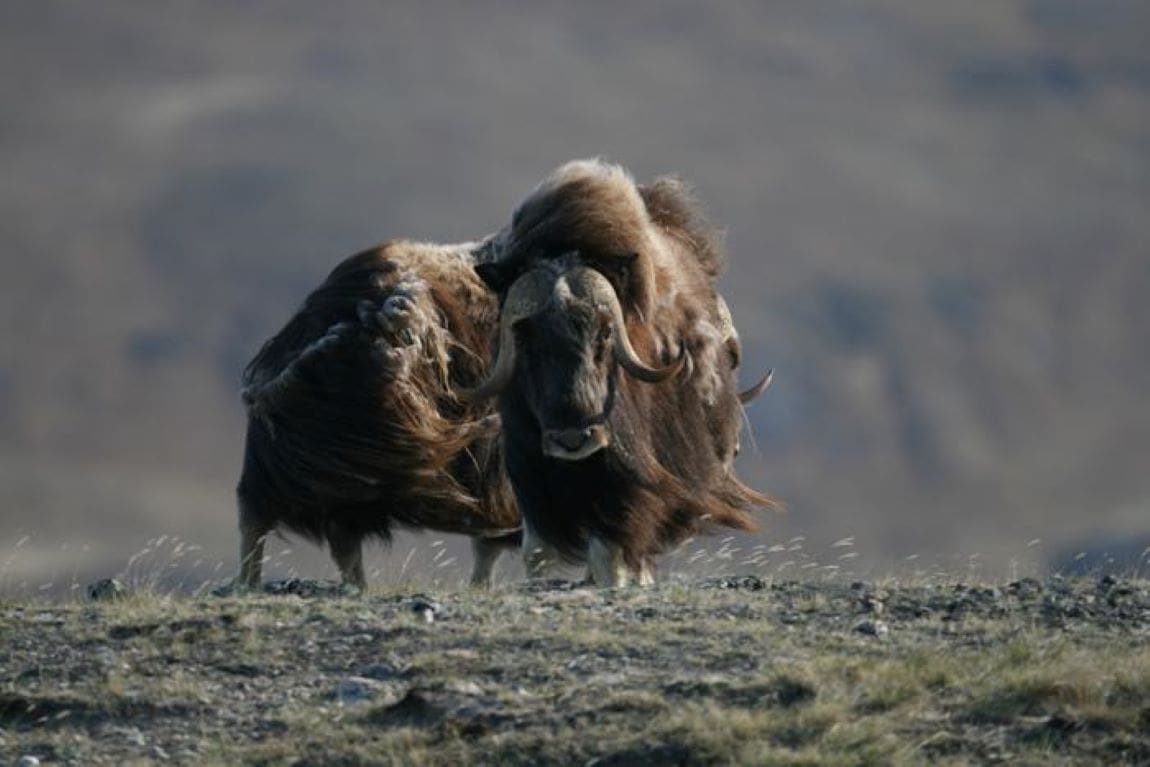A recent study has revealed that grazing animals like musk oxen and caribou are playing a notable role in influencing plant growth patterns, or phenology, in Greenland’s Arctic tundra.

The research, led by Eric Post and colleagues, highlights how the presence of these herbivores impacts the timing of spring green-up, challenging the assumption that climate alone dictates such shifts in the Arctic.
To uncover this relationship, the team conducted a nine-year experiment in which they selectively excluded musk oxen and caribou from specific tundra areas. This experimental setup allowed them to observe the differences in the timing of green-up in nine species of tundra plants within both grazed and ungrazed zones.
Their findings showed that about two-thirds of these plant species, such as Draba nivalis (yellow arctic draba) and Salix glauca (gray willow), began their seasonal growth earlier in areas with herbivores than in herbivore-free zones. However, a few species, including Betula nana (dwarf birch) and Campanula gieseckiana (harebell), exhibited a delayed green-up in grazed areas.

In addition to timing, the researchers measured plant abundance and noted a general trend: plants that began growing earlier due to grazing also demonstrated greater abundance later in the season.
The one exception was Betula nana, the most prevalent species in the study areas. Dwarf birch did not see an increase in abundance in grazed zones, likely because grazing on birch reduced canopy cover and shade, creating conditions that favored the growth of other species.
These findings offer new insights into the role herbivores play in shaping plant communities in the Arctic, where the effects of climate change are rapidly unfolding. By understanding how herbivory interacts with plant growth cycles, researchers can better predict ecosystem responses as global temperatures continue to rise.
The study is a step forward in uncovering the complex dynamics that drive Arctic biodiversity and resilience in a changing world.
Journal Reference:
Eric Post, R Conor Higgins, Pernille Sporon Bøving, Christian John, Mason Post, Jeffrey T Kerby, ‘Large herbivores link plant phenology and abundance in Arctic tundra’, PNAS Nexus 3, 11, pgae454 (2024). DOI: 10.1093/pnasnexus/pgae454
Article Source:
Press Release/Material by PNAS Nexus
Featured image: Male muskoxen near Kangerlussuaq, Greenland Credit: Eric Post




